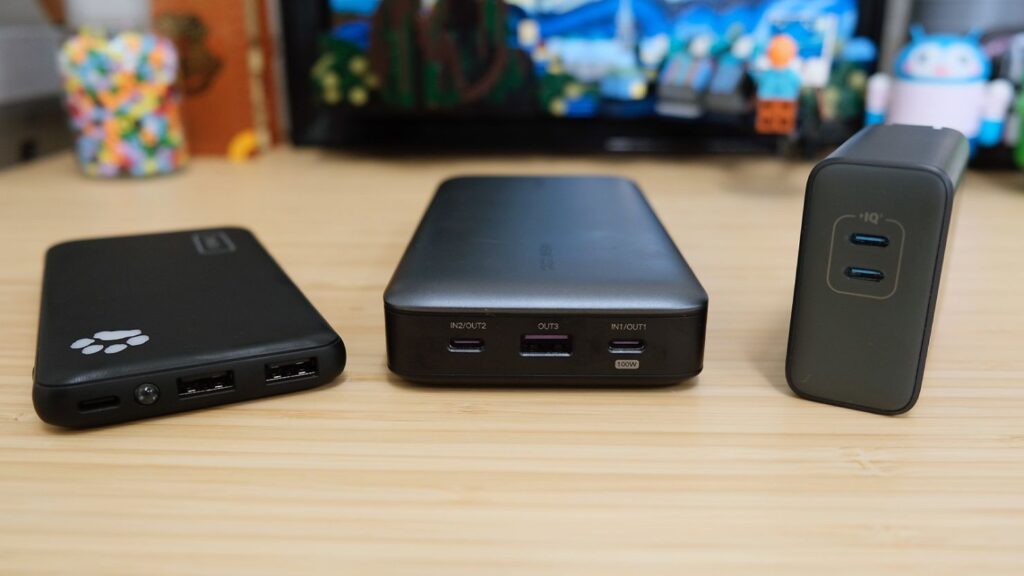Portable battery packs are essential accessories for modern life, providing a lifeline of power to our increasingly mobile devices. Central to their utility is their capacity, measured in milliamp hours (mAh), which dictates how much charge they can store and subsequently deliver to devices like smartphones, tablets, and laptops. Understanding the nuances of capacity is crucial for selecting the right battery pack that meets your needs for portable power.
*Capacity Explained
Capacity, expressed in mAh, is the primary specification used to denote the amount of charge a battery pack can hold. It serves as a fundamental indicator of a battery pack’s performance and usability. Generally, battery packs are categorized based on their capacity:
1. Small Capacity (Up to 10,000mAh): These are typically compact and lightweight, ideal for users looking to charge their smartphones once or twice while on the move. They strike a balance between portability and functionality, making them convenient for everyday use and short trips.
2. Medium Capacity (10,001 – 20,000mAh): Offering more power than their smaller counterparts, medium-capacity battery packs can recharge smartphones multiple times or provide a single full charge to larger devices like tablets. They are versatile enough to meet the needs of users who require sustained power throughout the day or during travel.
3. High Capacity (20,001mAh and above): Designed for users with intensive power demands, high-capacity battery packs can charge larger devices multiple times or simultaneously charge multiple devices. While they tend to be bulkier and heavier, their extended power reserve makes them indispensable for long trips, outdoor activities, or as backup power sources during emergencies.
*Factors Influencing Effective Capacity
While mAh ratings provide a straightforward measure of a battery pack’s potential charge storage, several factors influence the effective capacity available for charging devices:
1. Energy Losses: During the charging process, energy is lost as heat due to internal resistance and voltage conversion. This inefficiency means that the actual amount of charge delivered to devices is less than the total capacity stated by the mAh rating. For instance, a 10,000mAh battery pack may effectively deliver around 60% (approximately 6,000mAh) of its rated capacity to a device.
2. Device Compatibility and Charging Speeds: Different devices have varying power requirements and charging protocols. Battery packs with higher capacity often feature multiple ports and fast-charging technologies like Power Delivery (PD) or Quick Charge (QC), ensuring compatibility with a wide range of devices and efficient charging speeds.
3. Charging Cycles and Lifespan: The lifespan of a battery pack is determined by its charging cycles, with each cycle referring to one complete charge and discharge of the battery. Higher-capacity packs generally have longer lifespans due to their ability to handle more charging cycles before showing signs of degradation.
*Practical Considerations in Capacity Selection
Selecting the right capacity for a portable battery pack involves balancing your specific usage needs with practical considerations:
1. Usage Scenarios: Consider how and where you plan to use the battery pack. For occasional use and short trips, a small to medium-capacity pack may suffice. Conversely, frequent travelers or users with multiple devices may benefit from investing in a high-capacity pack for extended usage without needing to recharge frequently.
2. Portability vs. Power: The trade-off between capacity and portability is significant. While smaller packs are easier to carry, they offer less power reserve. Assess your priorities: do you prioritize compactness for everyday carry, or are you willing to carry a larger pack for extended power capabilities?
3. Charging Requirements: Evaluate your devices’ charging requirements, especially if you own power-hungry gadgets like tablets or laptops. Ensure the battery pack you choose supports the necessary charging standards and offers adequate output to charge your devices efficiently.
4. Future-Proofing: Consider future device upgrades and advancements in charging technologies. Investing in a battery pack with versatile ports and fast-charging capabilities ensures compatibility with upcoming devices and enhances the longevity of your purchase.
*Choosing the Right Capacity for Your Needs
The diversity of battery pack capacities available reflects the diverse needs of consumers seeking portable power solutions. Whether you prioritize portability, power efficiency, or versatility, selecting the right capacity ensures your devices remain charged and operational whenever and wherever you need them.
Conclusion
The capacity of a portable battery pack is a critical factor in determining its suitability for individual user needs. Understanding the implications of capacity, including its practical limitations and benefits, allows consumers to make informed decisions when selecting battery packs. By balancing factors such as energy efficiency, device compatibility, and personal usage scenarios, users can maximize the utility and convenience offered by portable power solutions in their daily lives.
Expanding on the concept of capacity provides a comprehensive understanding of how portable battery packs function and how their specifications align with practical usage scenarios. This knowledge empowers consumers to make informed decisions, ensuring they choose a battery pack that meets their specific needs for reliable, portable power.
If you like the article please follow on THE UBJ .
